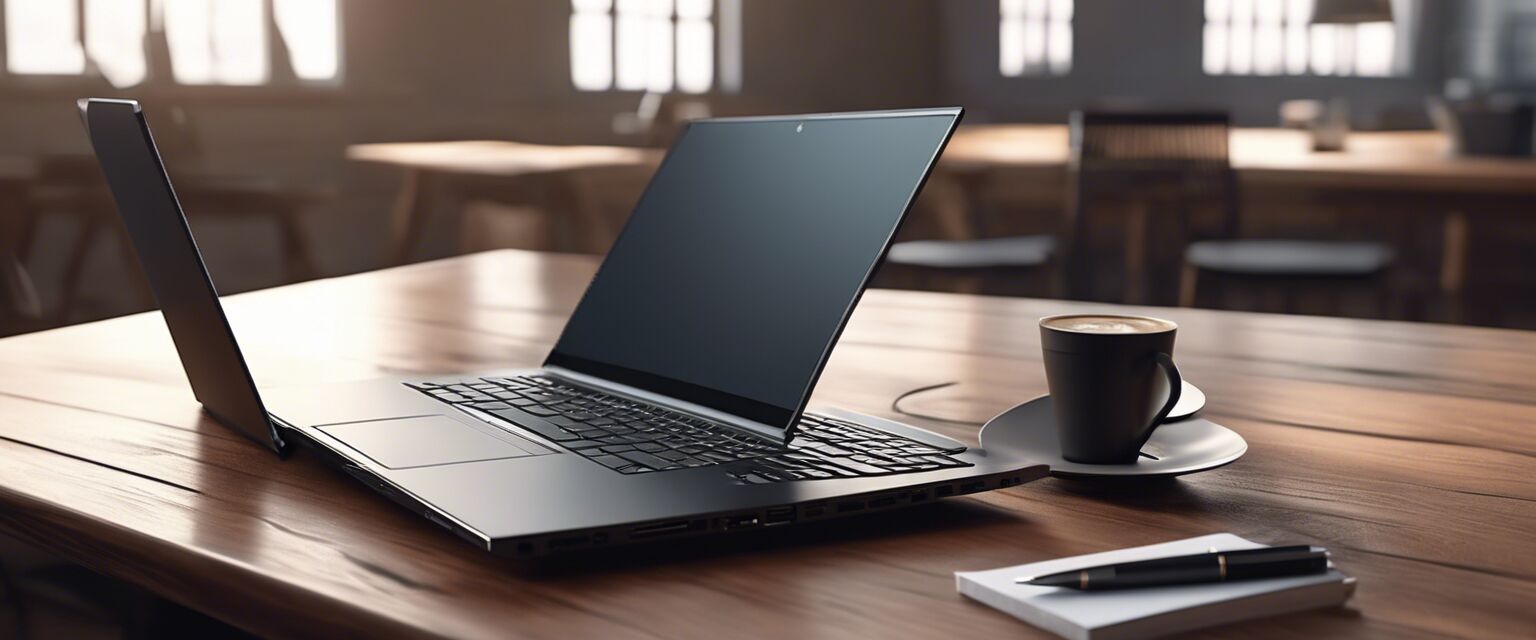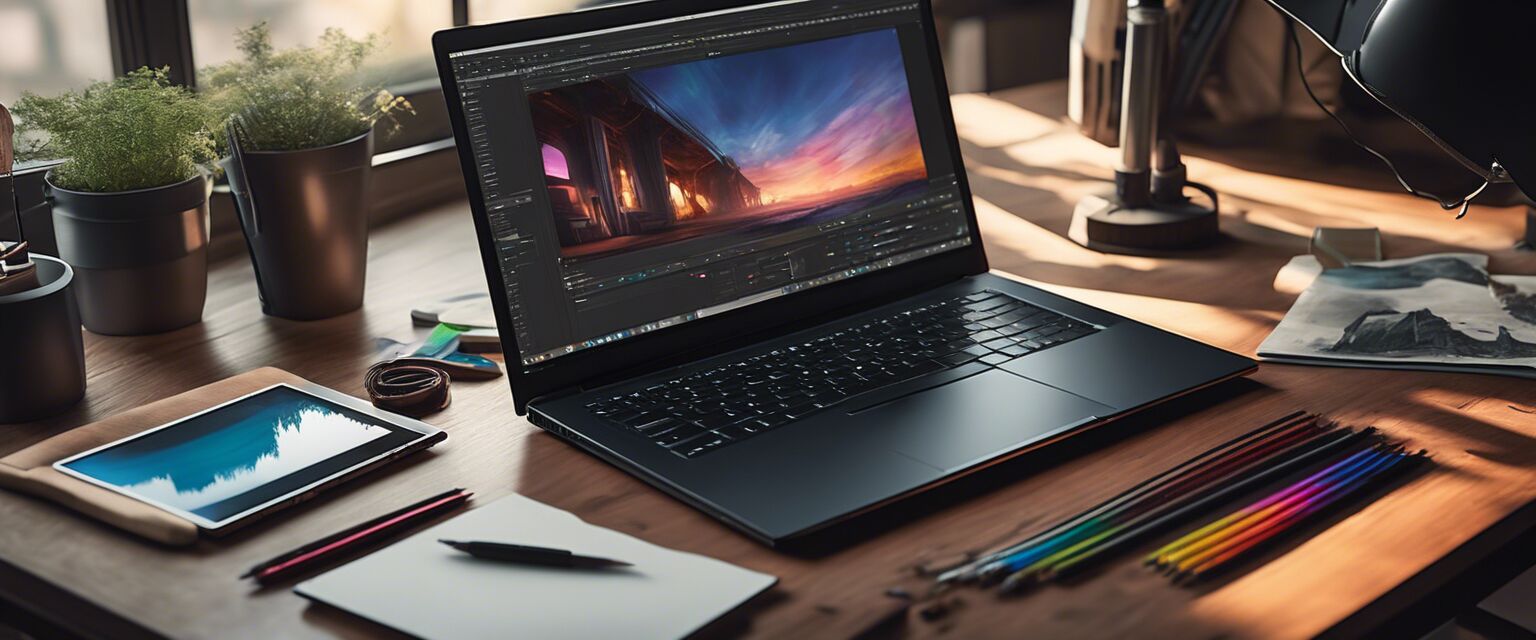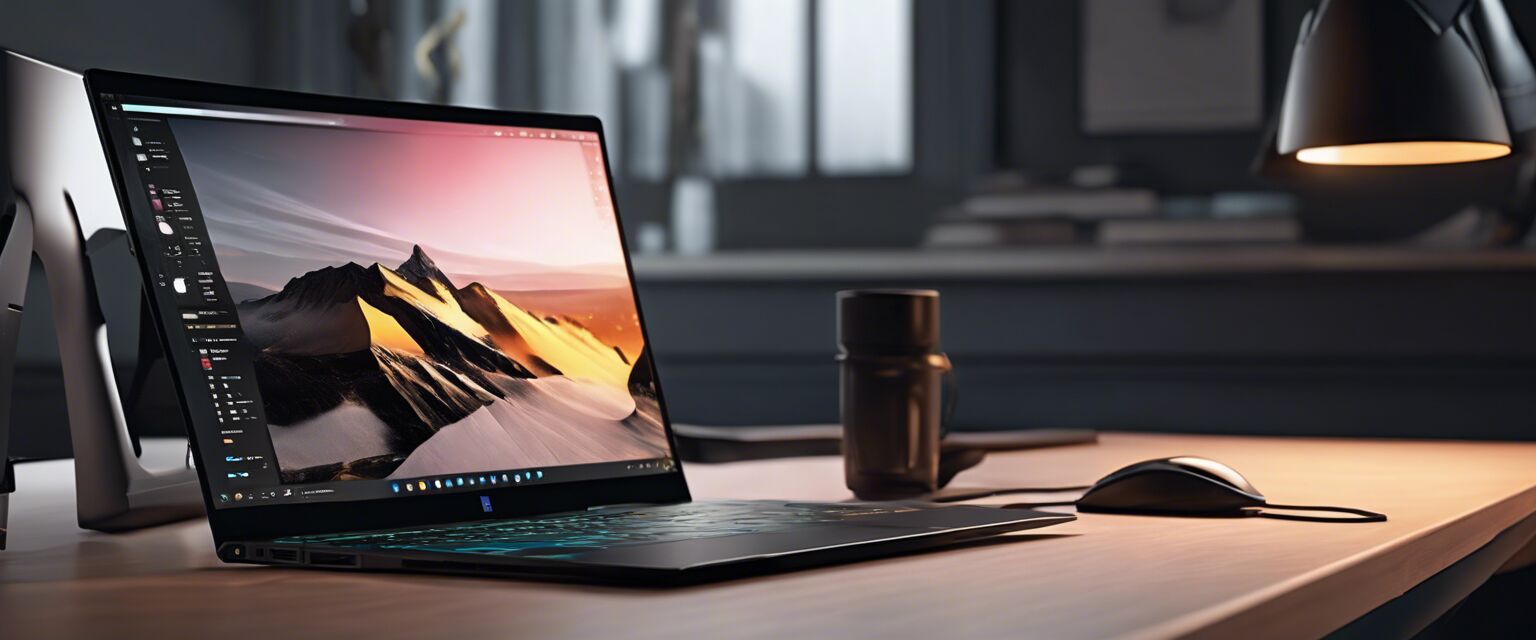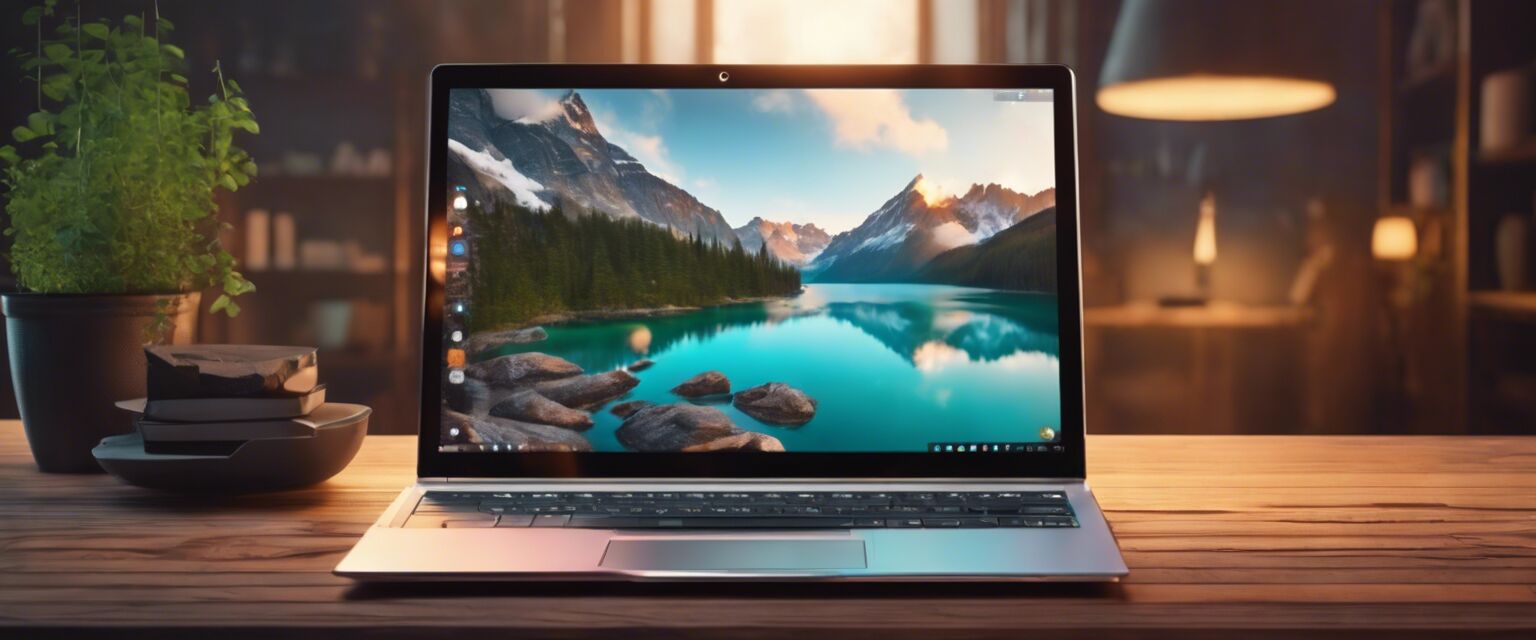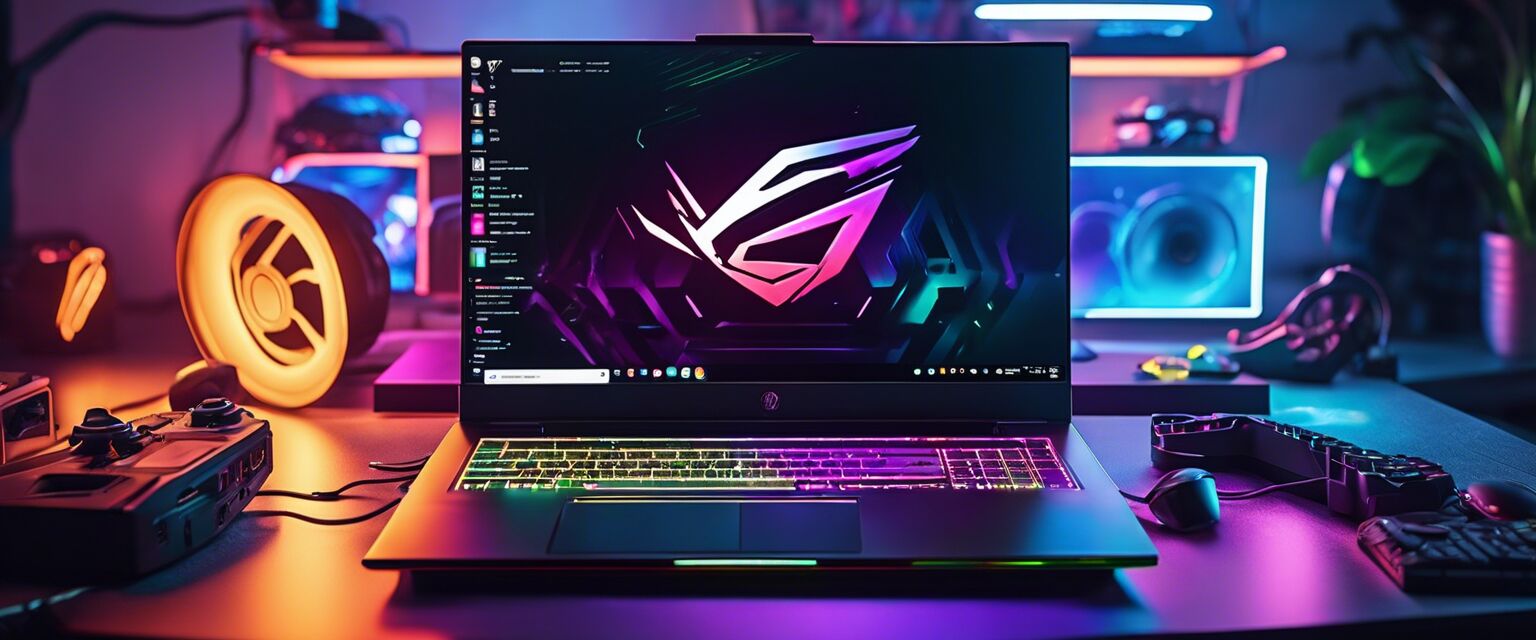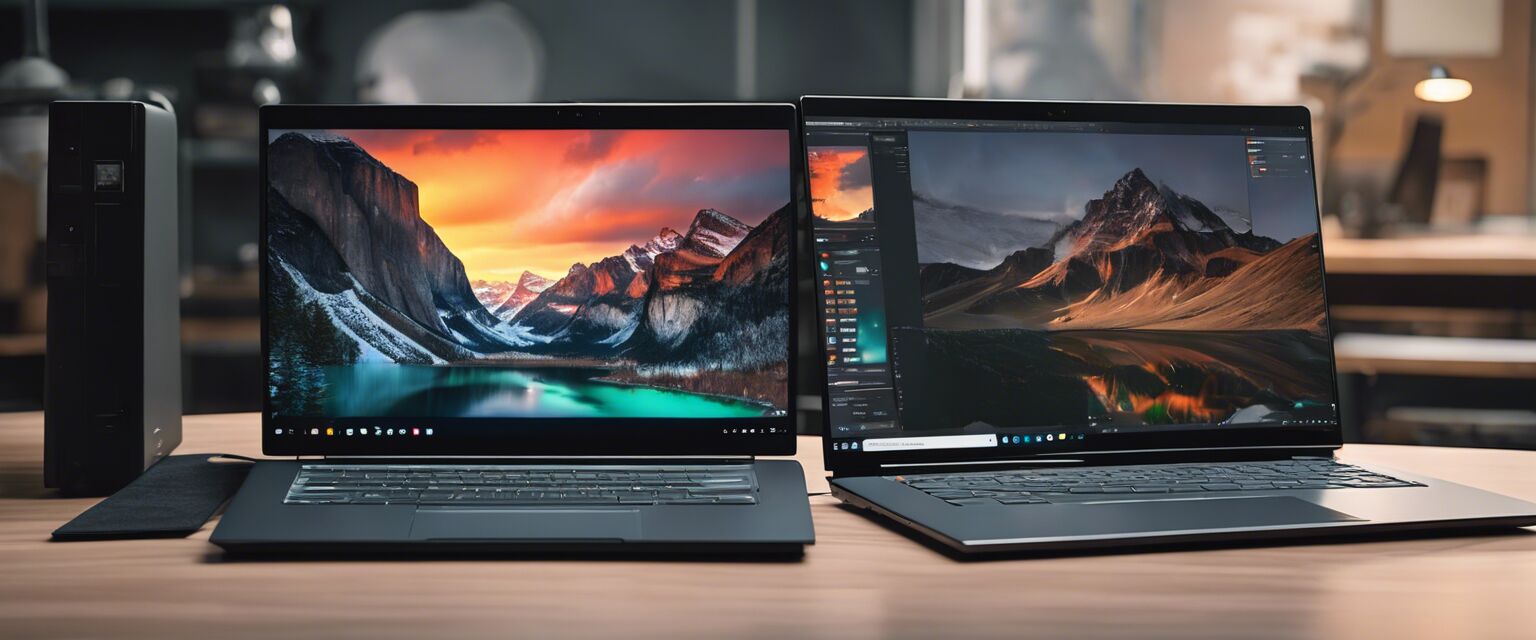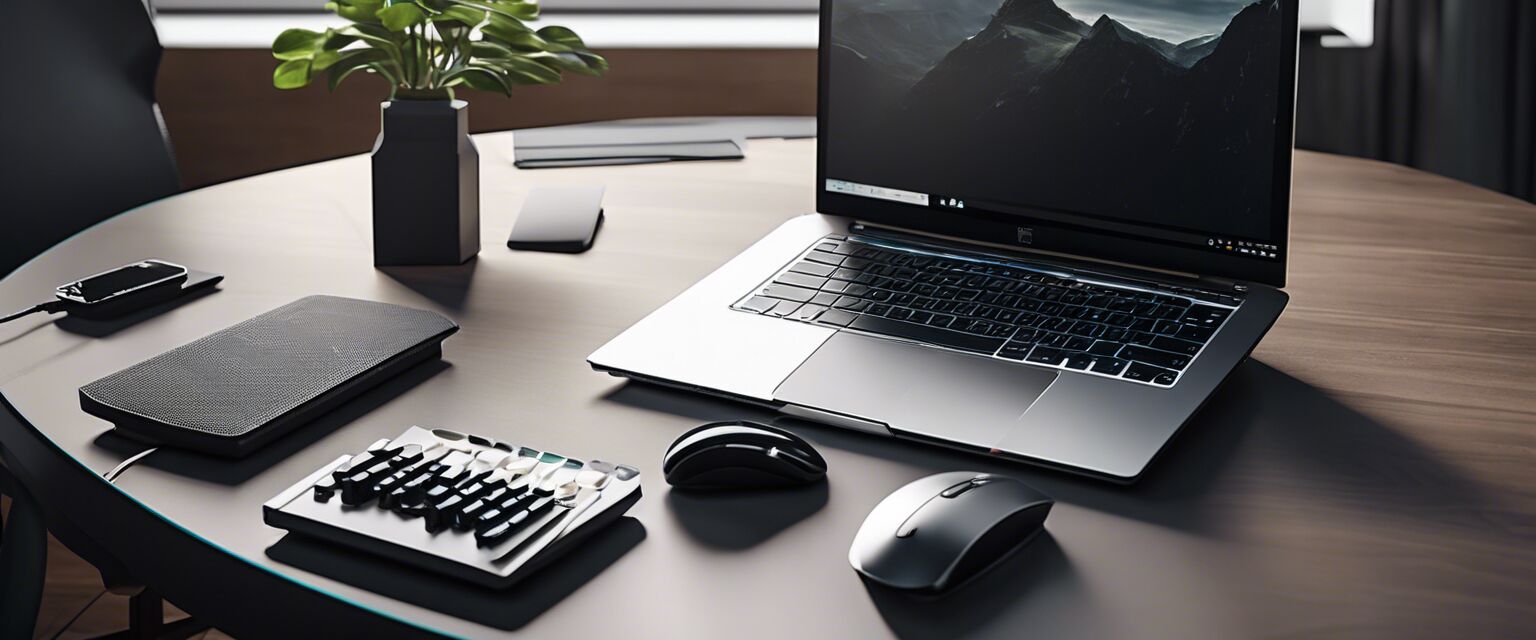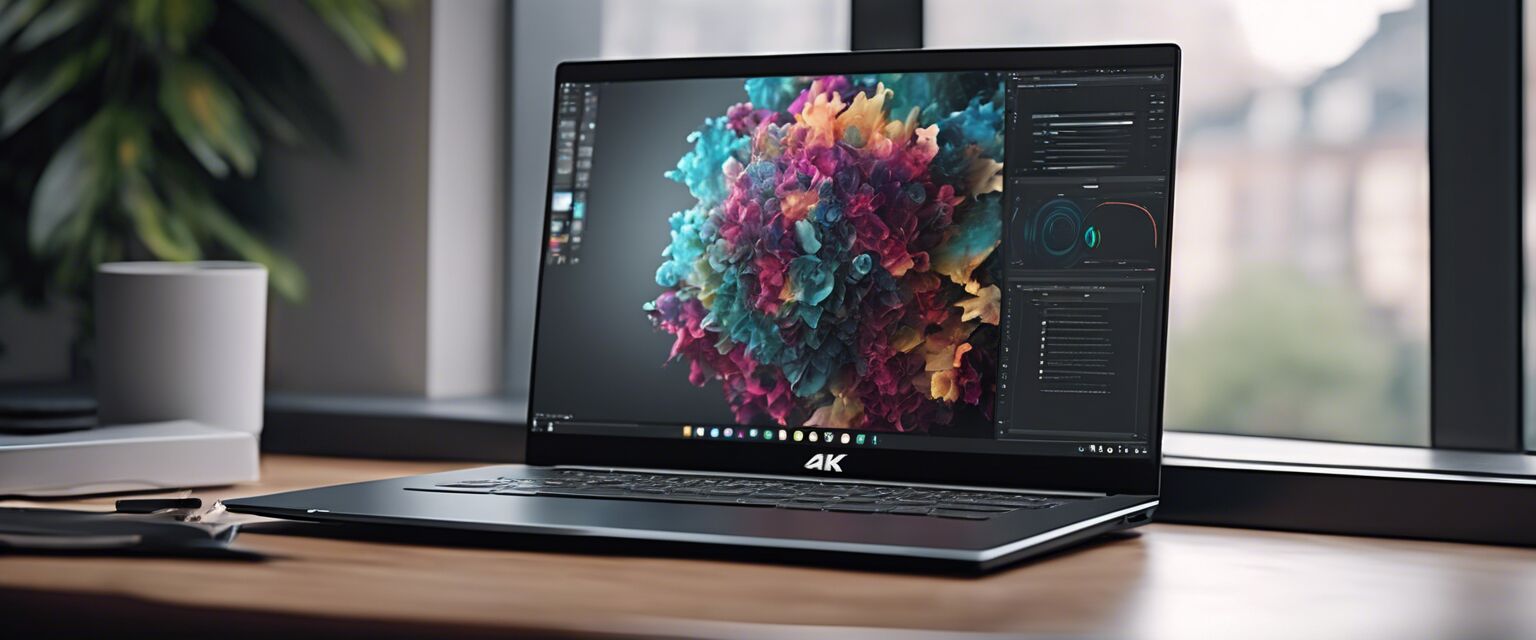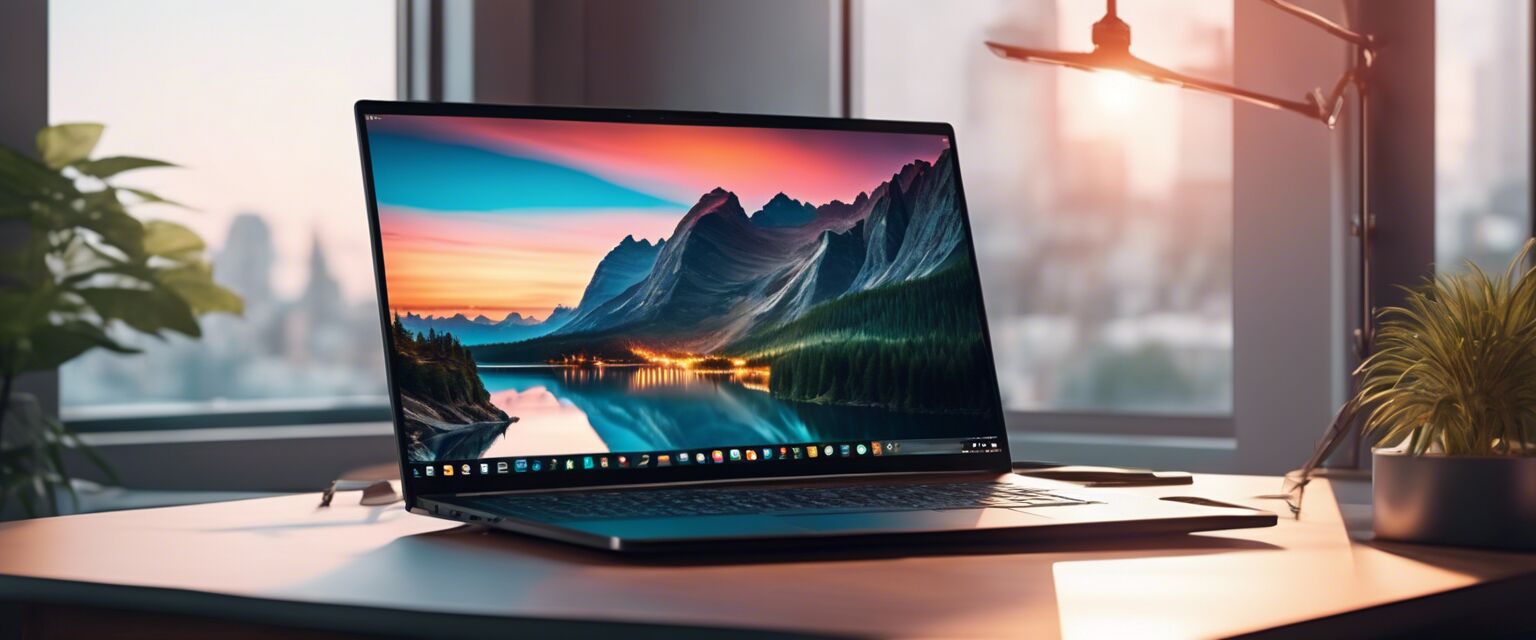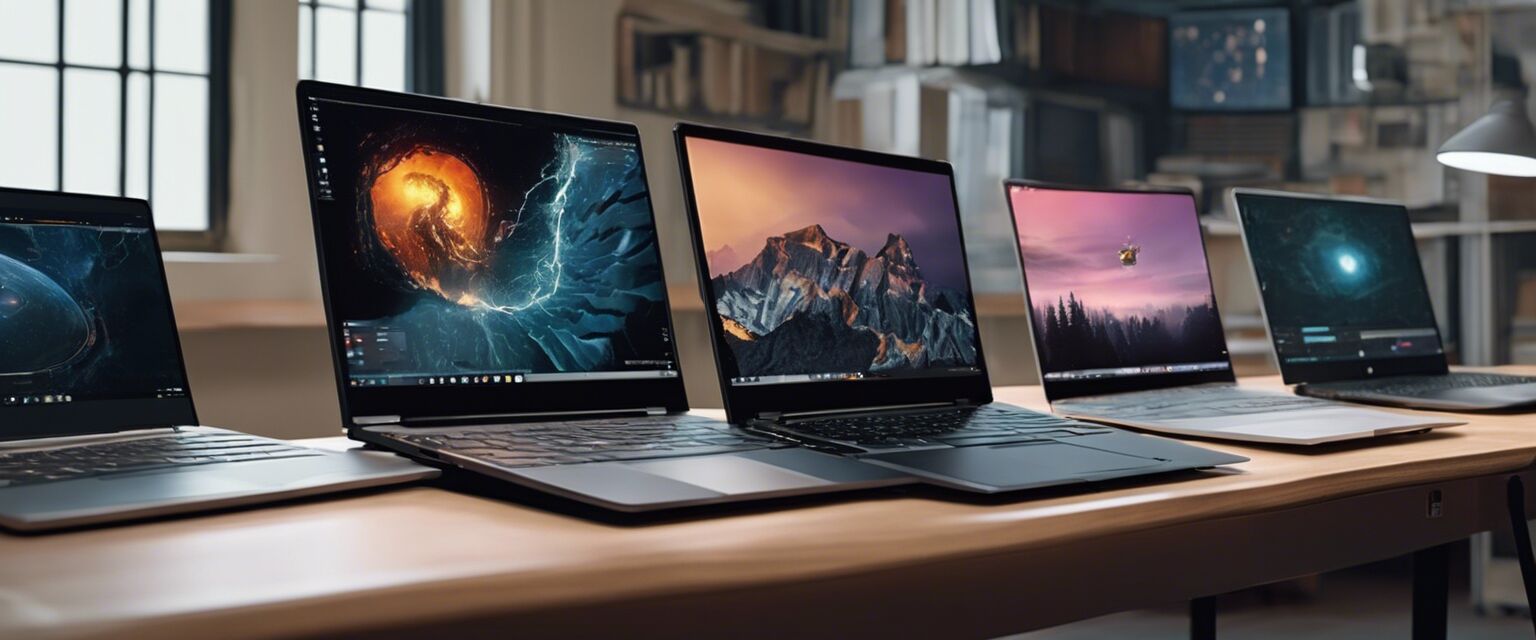
Student Laptops
Key Takeaways
- Consider performance, portability, and budget when selecting a laptop for students.
- Look for features like battery life, screen size, and build quality.
- Different types of laptops cater to various student needs, including 2-in-1s and ultrabooks.
Choosing the right laptop for students can significantly impact their learning experience. With so many options available, it is essential to understand what features to prioritize based on individual educational needs. This guide will help you navigate through the various laptop types, specifications, and price ranges to find the perfect device for students.
Why is a laptop essential for students?
In today's digital age, laptops have become an essential tool for students. They facilitate online learning, research, and collaboration while allowing for easy organization of notes and assignments. Here are some key reasons why a laptop is crucial for students:
- Easy access to online resources and educational materials.
- Ability to take notes and complete assignments efficiently.
- Connect with peers and educators through various platforms.
Types of laptops suitable for students
When choosing a laptop, it’s crucial to consider the different types available. Each type has its unique features suitable for various academic requirements:
| Type of Laptop | Best For | Key Features |
|---|---|---|
| 2-in-1 Laptops | Students who prefer versatility | Touchscreen, detachable keyboard, lightweight |
| Ultrabooks | Students needing portability | Thin design, long battery life, high performance |
| Budget Laptops | Students with tight budgets | Affordable, basic features, decent performance |
| Gaming Laptops | Students who also game | High performance, good graphics, cooling systems |
| Business Laptops | Students focusing on productivity | Security features, durability, performance |
Key specifications to consider
When selecting a laptop, it's important to prioritize the following specifications:
- Processor: Aim for at least an Intel Core i5 or equivalent for smooth multitasking.
- RAM: 8GB is the minimum recommended for running multiple applications.
- Storage: SSDs are preferred for faster performance; aim for at least 256GB.
- Battery Life: Look for laptops that offer at least 8 hours of battery life.
- Screen Size: A 13 to 15-inch display is optimal for portability and usability.
Budget considerations
Budget is a significant factor when selecting a laptop. Here’s a breakdown of what you can expect based on different price ranges:
| Price Range | Expected Features | Recommended Use |
|---|---|---|
| Under $300 | Basic functionality, small storage | Web browsing, document editing |
| $300 - $600 | Better performance, decent storage | General use, light multitasking |
| $600 - $1000 | High performance, SSD, better graphics | Programming, gaming, heavy multitasking |
| Over $1000 | Top-tier specs, lightweight | Professional work, intensive tasks |
Finding the right fit for your needs
When selecting a laptop, think about the student's specific needs. Here are some questions to consider:
- What is the primary use of the laptop? (e.g., writing, programming, gaming)
- Is portability a priority? (e.g., carrying it to classes)
- What is your budget range?
- How long does the battery need to last for a full day of classes?
Tips for students when using laptops
Beginners Section
- Keep your laptop updated for better security and performance.
- Use cloud storage for easy access and backup of files.
- Learn keyboard shortcuts to speed up your workflow.
- Manage your files and folders for easy organization.
Pros and Cons of student laptops
Pros
- Enhanced learning experience through digital resources.
- Facilitates collaboration and communication.
- Portable and convenient for on-the-go students.
Cons
- Can be expensive depending on specifications.
- May require regular maintenance and updates.
- Potential for distractions from social media and games.
Conclusion
Choosing the right laptop for students involves considering various factors, including specifications, budget, and specific needs. By understanding the different types of laptops available and their respective features, students and parents can make informed decisions that enhance the learning experience. For more insights into different laptop types, explore our 2-in-1 laptops, budget laptops, and ultrabooks pages.
Further Reading
For those looking for more information on specific categories of laptops, check out our detailed articles on business laptops and gaming laptops to find the best fit for your needs.
